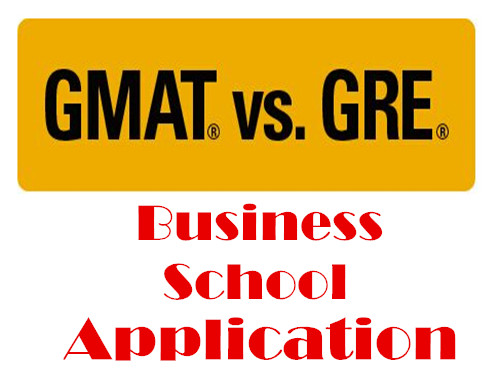【双语阅读之文化轶事】剪刀手的3大意义
- 2015年04月14日11:50 来源:小站整理
- 参与(0) 阅读(18150)
剪刀手也是就V型手势,经常能在拍照,或者表达胜利的时候用到,但是可不能乱用啊,在美国文化中还有其他3中含义,下面就跟着小站君一起来看看。
The palm-forward "V" sign, formed by raising and spreading the first two fingers, has three different meanings in American culture.
手势 “V”掌 心向外,竖起食指和中指,并向两边展开,这样就构成了一个V 形手势。V形手势在美国文化中有三个不同的含义。
The most popular meaning of the "V" sign was invented in 1941 by a Belgian, Victor De Lavalaye. Wanting a symbol for resistance to the Nazi occupation, he came up with the single letter "V", which stood not only for his own first name, but also for English victory, Flemish virijheid, and French victoire. The symbolism of the sign spread very quickly, and Winston Churchill used it constantly in public appearance. Thus throughout the 1940s and 1950s, the gesture meant simply "victory".
V形手势最为普及的一个意思是在1941 年由比利时人维克托· 德· 拉维雷创造发明的。他伸出双指,作出字母V的手势来表示他对纳粹占领比利时的反抗。这个V 不仅代表他的名字,而且还象征victory ( 胜利)、佛兰芒语virijheid( 胜利)和法语victoire ( 胜利)这三个单词。这一手势的象征意义迅速地传播开来, 温斯顿· 邱吉尔在公众场合就曾多次使用。因此,在20 世纪40 年代和50 年代,这个手势只是表示“ 胜利”的意思。
The second meaning came in the 1960s. Because of its military implication, American antiwar protestors used the sign sarcastically against the arms, so that it became known as the "peace sign". In the 1970s, the "V" sign, which had lost its military implication, was a common greeting among freedom lovers, acid heads, political radicals, and ultimately, young people in general. So by about the middle of the 1970s, it ceased to give clue to the user's philosophy.
V 形手势的第二个意思出现在20世纪60年代。由于这个手势含有军事方面的意思,美国反战者就讽刺性地用这个手势来反对战争,于是, 这个手势开始被称为“ 和平的标志”。20世纪70年代,V 形手势失去了军事方面的含义,成为热爱自由的人、嗜用迷幻药的人、政治激进主义 者们见面问候时常用的手势,并最终在广大年轻人流传开来。也就是说,大约到20 世纪70 年代中期,这个手势就不再表示使用者的人生观了。
The third meaning is the oldest and least common. American children jokingly put "V", which resembles "horns", behind friends' heads in group snapshot. They are unknowingly reproducing something that southern Europeans would find highly offensive. This mischief, called "horns of the Devil", is a variant of the European "horns" gesture, which is obscene. Here the "V" sign means "Your wife has been cheating on you" or, when placed behind another's head, "His wife has been cheating on him.
V 形手势的第三个意思最为古老,也少为人用。【在集体照相的时候,美国孩子常开玩笑地在朋友的脑袋后面摆出手势V,样子就像动物的角一样。】 他们无意中做出了一个被南欧人视为相当无礼的动作。这种被称作“ 魔鬼之角”的恶作剧是欧洲“ 角形”手势的变体,这种手势被认为具有淫秽的意味。在南欧,手势V 表示“ 你的老婆对你不忠”。在别人脑袋后面做出这种手势,如同在说“ 他的老婆对他不忠”。
In the United States, the gesture is typically given with the palm facing the viewer. The British use both this version and an older, palm-backward version; the latter is obscene in American culture, and corresponds to the American "finger". Churchill got some surprised stares in 1941 when, evidently unaware of the vulgar usage, he gave the palm-backward "V" to British troops. In England today you could have to be a social hermit not to understand the distinction. Astonishingly, however, Margaret Thatcher repeated Churchill's error after her victory in the 1979 election.
在美国,人们通常将掌心向外,面向对方做出这个手势; 而英国人有时将掌心对着别人,有时则像前人那样,掌心向内。掌心向内的V 形手势在美国文化里被看成是下流动作,与美国人竖起中指一样具有淫秽的含义。1941 年,邱吉尔掌心朝内,向英国军队摆出了V 形手势。一些士兵吃惊地盯着他看,显然他对这个手势的下流含义还全然不知。如今,在英国,如果你还不知道掌心向内和向外的差别的话,你一定是个不问世事的隐士。然而,令人惊讶的是,玛格丽特· 撒切尔在赢得1979年的选举之后,又重蹈邱吉尔的覆辙,做了一个掌心向内的V 形手势。



























